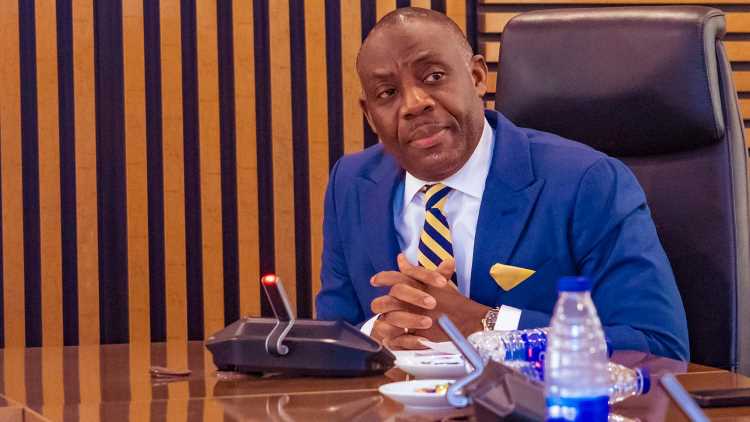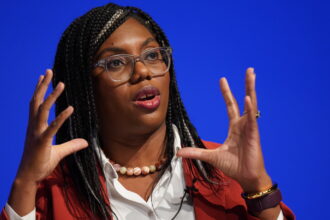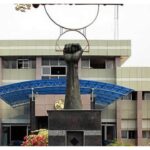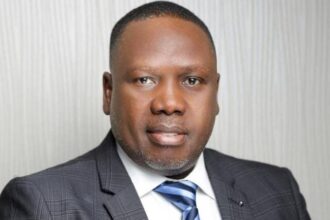
The Federal Ministry of Education has officially set 12 years as the minimum age for pupils seeking admission into Junior Secondary School One (JSS1) in non-state schools across Nigeria.
The development follows the mandatory completion of six years of primary education.
The new guideline is outlined in a policy document on Non-State Schools, launched by the ministry last week.
The government noted that it aims to standardise the operations of private, independent, and faith-based schools, which, although not managed by the government, continue to play an increasingly vital role in Nigeria’s educational ecosystem.
According to the ministry, children are expected to begin Nursery One at age three, progress to Nursery Two at four, and complete a compulsory one-year kindergarten programme at age five. Primary education then begins at age six and spans six years, placing the expected age of entry into JSS1 at around 12 years.
“Every child must complete six years of primary education,” the policy stated. “They shall be admitted into Junior Secondary School (JSS1) when they have completed six years of primary education, at around the age of 12.”
If fully enforced, the policy would mean that Nigerian students could attain the age of 18 before becoming eligible for university admission—a topic that has sparked debate in recent years.
In 2023, then Minister of Education, Professor Tahir Mamman, had set 18 years as the minimum university entry age, citing reasons related to maturity and academic preparedness. However, his successor, Dr Tunji Alausa, later revised the age downward to 16.
The policy also underscores the growing influence of non-state schools in Nigeria’s educational landscape. Data from the Nigeria Education Digest 2022 reveals that non-state schools outnumber government-run schools at the junior secondary level in at least 26 states. At the primary level, state-owned schools remain more common in 19 states.
Between 2017 and 2022, non-state primary schools witnessed a 31.56% increase, compared to a modest 3.3% growth in state primary schools. Similarly, at the junior secondary level, non-state schools grew by 35.06%, while state-run schools recorded only a 6.8% increase.
The ministry acknowledged that while non-state institutions are essential in meeting the nation’s growing demand for education, the quality of instruction and learning outcomes varies significantly, hence the urgent need for uniform standards and improved regulatory oversight.













